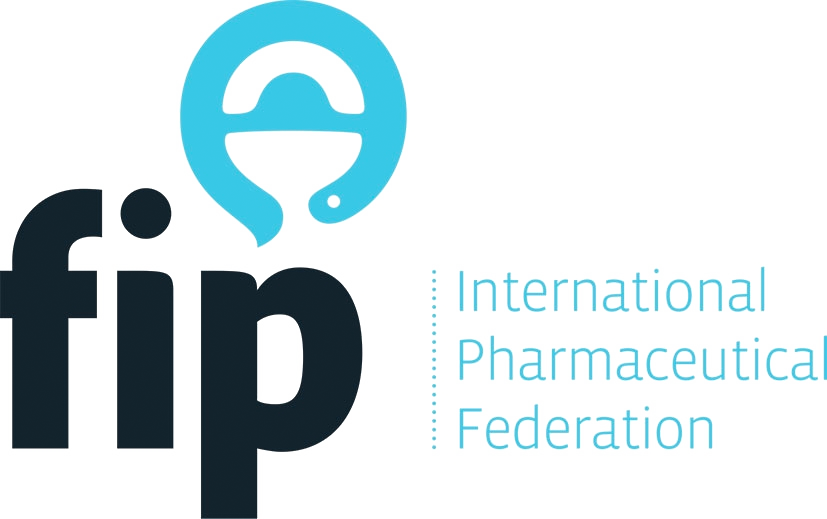February 2008
We, the representatives of more than 25 million health professionals, are committed to providing safe, accessible health care to the world’s people. We understand all too well the impact of shortage of personnel, supplies and equipment on patients, families and providers. We witness the impact daily of not enough staff, not enough clean water, not enough drugs, not enough money to access services or to afford life’s staples. We see health professionals mentally and physically exhausted daily. We struggle with the dilemma of resource restrictions and meeting the needs of everyone - and the evidence that shows that better health outcomes occur when higher numbers of professionals are engaged in direct care.
We understand the need to address today’s human resource crisis. At the same time we are concerned that task shifting and adding new cadres of workers result in fragmented and inefficient service through reductionist and vertical approaches. We believe that for task shifting to be effective:
- Skill mix decisions should be country-specific and take account of local service delivery needs, quality and effectiveness factors, efficiency, the current configuration of health services and available resources, as well as production and training capacity, and include the health professions in decision-making.
- Roles and job descriptions should be described on the basis of the competencies required for service delivery and constitute part of a coherent, competency-based career framework that encourages progression through lifelong learning and recognition of existing and changing competence.
- There needs to be sufficient health professionals to provide the required selection, training, direction, supervision, and continuing education of auxiliary workers.
- Regulations for assistive personnel and task-shifting need to be set with the professions involved. It should be clearly stated who is responsible for supportive supervision to assistive personnel. In any case the curriculum development, the teaching, supervision and assessment should always involve the health professionals from whom the task is being shifted.
- There must be adequate planning and monitoring to avoid the danger of generating a fragmented and disjointed system that fails to meet the total health needs of the patient, offers a series of disconnected and parallel services that are both inefficient and confusing, and may lead to de-motivation and high attrition rates.
- Assistive personnel need compensation and benefits that equal a living wage, a safe workplace and adequate supplies to ensure their own safety and that of patients. At the same time they should be expected to work within the code of conduct of their employer.
- Deploying assistive personnel will increase demand on health professionals in at least three ways:
- increased responsibilities as trainers and supervisors, taking scarce time away from other tasks;
- higher numbers will be needed to take care of the new patients generated by successful task-shifting; and
- health professionals will be faced with patients who have more complex health needs (the simpler cases will be covered by task-shifting) and thus require more sophisticated analytical, diagnostic, and treatment skills.
- There needs to be credible analysis of the economic benefit of task shifting to ensure equal or better benefit, i.e. health outcomes, cost effectiveness, productivity, etc. Ongoing evaluation, particularly in skill-mix changes and the introduction of new cadres and or new models of care, should systematically consider the impact on patient and health outcomes as well as on efficiency and effectiveness.
- When task shifting occurs in response to specific health issues such as HIV, regular assessment and monitoring should be conducted on the entire health system of the country concerned. In particular, quality assessment linked to overall health outcomes of the population is essential to ensure that programs are improving the health of patients across the health care system.
- Assistive workers should not be employed at the expense of unemployed and underemployed health professionals. Task-shifting should be complemented by fair and appropriate remuneration of health professionals and improvement of their working conditions.
- Where task shifting is meant as a long term strategy it needs to be sustainable. If meant as short term, there needs to be a clear exit strategy.
- Assistive workers need to be integrated into health care delivery systems and treated as part of the team.
Conclusion
In geographical areas facing a critical shortage of health professionals, efforts should be made and supported to increase professional training opportunities (undergraduate and graduate), and to provide incentives for the retention of health professionals.
Whatever the strategy selected, task-shifting should not replace the development of sustainable, fully functioning health care systems. It is not the answer to ensuring comprehensive care, including secondary care, is accessible to all.
International Confederation of Midwives
International Council of Nurses
International Pharmaceutical Federation
World Confederation of Physical Therapists
World Dental Federation
World Medical Association




